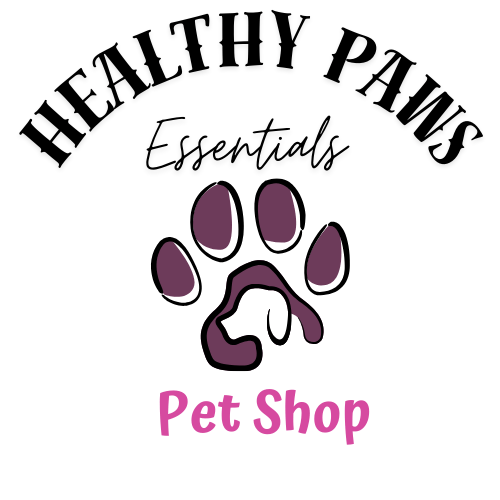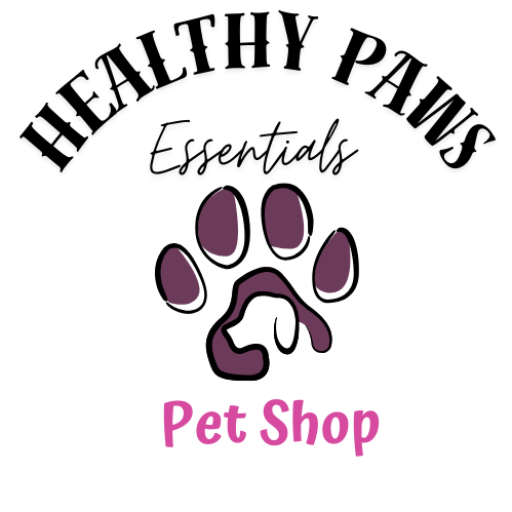
Welcome to “How to Stop Your Dog from Pulling on the Leash: Tips for Maintaining Canine Health.” In this friendly guide, you’ll discover effective strategies for teaching your dog to walk calmly beside you while ensuring their overall well-being. From understanding the role of proper nutrition and veterinary care, to incorporating supplements like omega-3 fatty acids and glucosamine, you’ll learn how to support your dog’s joint, skin, and dental health. With advice from health experts and a focus on using high-quality, natural products, this article will help you and your canine companion enjoy more pleasant and healthful walks together. Have you ever found yourself struggling to enjoy a simple walk with your dog because they constantly pull on the leash? This common issue isn’t just frustrating—it can also affect your dog’s health and well-being. In this guide, we’ll explore effective strategies to stop your dog from pulling on the leash, while also providing valuable tips to maintain their overall health.

Understanding Your Dog’s Leash-Pulling Behavior
To address this problem, it’s essential to first understand why dogs pull on the leash. Dogs are naturally curious and energetic, and pulling on the leash is their way of exploring the world. But consistently allowing this behavior can lead to long-term issues, both behavioral and physical.
Common Reasons Dogs Pull on the Leash
- Curiosity: Dogs are naturally inquisitive and want to explore their surroundings.
- Energy: High-energy dogs, especially younger ones, tend to pull more.
- Lack of Training: If a dog hasn’t been trained to walk properly on a leash, they’re more likely to pull.
- Breed Characteristics: Certain breeds are more prone to pulling due to their inherent traits.
Effective Training Techniques to Stop Leash Pulling
Proper training can curb this unwanted behavior and make walks more enjoyable for both you and your dog. Here are some effective techniques:
Positive Reinforcement
Using positive reinforcement helps your dog associate good behavior with rewards. Whenever they walk beside you without pulling, reward them with a treat or praise.
The Stop-and-Go Method
Every time your dog pulls, stop walking immediately. Resume walking only when they return to your side or the leash becomes slack. Repeat this consistently, and your dog will learn that pulling gets them nowhere.
Use of Training Tools
Certain tools, such as no-pull harnesses and head collars, can aid the training process. These tools provide more control and help you guide your dog’s movement.
| Training Tool | Benefits | Considerations |
|---|---|---|
| No-pull harness | Distributes pressure evenly, reducing strain | Not a substitute for training efforts |
| Head collar | Provides greater control over the dog’s head | May require acclimation time for the dog |
| Standard harness | Can be more comfortable for the dog | Might not reduce pulling without active training |

Importance of Consistency
Consistency in training is key. Ensure that every member of the household follows the same training methods and rules. Inconsistent messages can confuse your dog and delay progress.
Maintaining Canine Health for Better Training Outcomes
A healthy dog is more likely to respond positively to training. Here are ways to support your dog’s health.
Nutrition and Diet
Proper nutrition plays a significant role in your dog’s overall health. A balanced diet can support energy levels and focus, making training sessions more effective.
Essential Nutrients for Dogs
- Proteins: Essential for muscle growth and repair.
- Fats: Important source of energy; Omega-3 fatty acids are crucial for skin and coat health.
- Vitamins and Minerals: Necessary for metabolic function and overall health.
Supplements to Support Canine Health
Supplements can be a beneficial addition to your dog’s diet. Here are some popular supplements and their benefits:
| Supplement | Benefits |
|---|---|
| Glucosamine and Chondroitin | Supports joint health, especially in older dogs |
| Omega-3 Fatty Acids | Promotes healthy skin and coat, supports heart health |
| Probiotics | Aid in digestive health and boost the immune system |
| Multivitamins | Provide essential nutrients that might be missing from the diet |
Consulting a Veterinarian
Always talk to your vet before introducing any new supplements or making significant changes to your dog’s diet. They can provide personalized recommendations based on your dog’s specific health needs.

Preventing Health Issues Related to Leash Pulling
Consistent leash pulling can lead to several health issues. Here’s how you can mitigate them.
Joint and Muscle Strain
Constant pulling strains your dog’s muscles and joints. Ensuring they have a balanced diet with appropriate supplements like glucosamine can help maintain joint health.
Neck and Throat Injuries
Leash pulling can cause neck and throat injuries, especially if you’re using a standard collar. Switching to a harness can distribute the pressure more evenly and prevent these injuries.
Dental Health
Although not directly related to leash pulling, maintaining your dog’s dental health is crucial. Regular dental cleanings and appropriate chews can help maintain oral health.
Setting Up a Health Maintenance Routine
A consistent routine supports both training and overall well-being. Here are some steps to establish a balanced routine.
Regular Exercise
Regular physical activity is vital for maintaining a healthy weight and reducing excessive energy that might manifest as leash pulling.
Balanced Diet and Hydration
Ensure your dog has access to a balanced diet and plenty of water. Adjust their diet according to their age, breed, and health condition.
Routine Veterinary Visits
Regular check-ups with a veterinarian can catch potential health issues early and keep your dog in optimal health.
Addressing Specific Health Concerns
Different breeds and ages have specific health needs. Here are some tailored tips:
Young Dogs
Young dogs are full of energy and curiosity. A balanced diet rich in essential nutrients and regular training can help manage their exuberant behavior.
Senior Dogs
Older dogs might have joint or dental issues. Supplements like glucosamine, chondroitin, and senior-specific vitamins can support their health.
Breed-Specific Needs
Different breeds have varying health needs. Research your dog’s breed to understand their specific requirements and consult with your veterinarian for tailored advice.
The Role of Mental Stimulation
Mental stimulation is just as important as physical exercise. Engaging your dog in interactive games and training exercises can reduce the likelihood of leash pulling due to boredom or excess energy.
Puzzle Toys
Toys that challenge your dog’s mind can keep them engaged and reduce behavioral issues.
Training Exercises
Regular training sessions not only improve obedience but also stimulate your dog’s mind. Teaching new commands or tricks can be a fun and productive way to engage with your pet.
Recap and Final Thoughts
Stopping your dog from pulling on the leash requires patience, consistency, and a holistic approach to their health. By understanding your dog’s behavior, employing effective training techniques, and maintaining their overall health, you can enjoy peaceful walks and enhance the bond with your furry companion.
Remember, every dog is unique. What works for one dog might not work for another, so be prepared to try different methods and find the best approach for your pet. Most importantly, enjoy the journey of training and nurturing your dog’s health and well-being.
Feel free to revisit this guide as you progress through your training and health maintenance routines with your dog. You’ve got this! Happy walking!







